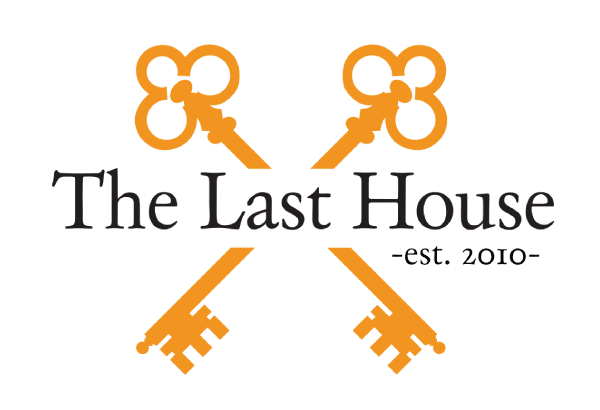Cognitive Behavioral Therapy and Substance Abuse
What is it?
Cognitive Behavioral Therapy (CBT) is the most widely used form of evidence based practice for improving mental health and was developed in the 1960’s. It is a form of psychotherapy that  addresses the way individuals experience situations and their reactions. CBT attempts to help the client change unhelpful and negative thinking and behavior. CBT therapists work with patients to help them disclose, examine and adjust their own thought patterns and responses. According to CBT professionals, our thoughts and our responses to our thoughts are actually what cause our perceptions and govern our behaviors. The CBT therapist helps the client develop personal coping strategies that replace unhelpful thinking patterns and behaviors. This time-sensitive, structured, and present-oriented psychotherapy differs from psychoanalysis in the sense that it doesn’t focus on childhood wounds and instead focuses on solutions and emphasizes problem solving.
addresses the way individuals experience situations and their reactions. CBT attempts to help the client change unhelpful and negative thinking and behavior. CBT therapists work with patients to help them disclose, examine and adjust their own thought patterns and responses. According to CBT professionals, our thoughts and our responses to our thoughts are actually what cause our perceptions and govern our behaviors. The CBT therapist helps the client develop personal coping strategies that replace unhelpful thinking patterns and behaviors. This time-sensitive, structured, and present-oriented psychotherapy differs from psychoanalysis in the sense that it doesn’t focus on childhood wounds and instead focuses on solutions and emphasizes problem solving.
What disorders benefit the most?
Cognitive Behavioral Therapy was originally designed to treat depression however it has been successful in treating a number of mental illness and has also been one of the most researched therapy modalities for a number of problems. Everyone can benefit from CBT however, the following cases are known to benefit the most from CBT:
- Depression and Persistent Depressive Disorder
- Psychotic Disorders such as Schizophrenia
- Substance Abuse Disorder and Addiction
- Bipolar and Manic Depression
- Somatic Symptoms
- Anxiety
- Eating Disorders
- Insomnia
- Personality Disorders
- Anger Problems
- Criminal Behaviors
- Stress
- Low Self Esteem
- Chronic Fatigue
- Physical Pain
- Hormonal Issues
CBT and Addiction/Substance Abuse Disorder:
Research has shown that CBT has been very affective in treating addiction and substance abuse with substances such as alcohol, opioids, gambling and especially nicotine. Negative and destructive thinking patterns, like all-or-nothing thinking, are known to lead to substance abuse behaviors. CBT aims to change these thinking patterns into more positive ones and replace substance abuse behaviors with healthier behaviors. CBT can help those struggling with addiction or substance abuse to identify and become aware of their triggers and learn how to cope with these behaviors in productive and positive ways. Here is an example of how CBT can be used in an addiction setting:
When is it used?
Cognitive Behavior Therapy can be used in addiction treatment centers along with other therapy modalities. Many therapists are trained in both CBT and other forms of therapy and will often times use CBT along with another modality. CBT is also used by CBT therapists and at CBT centers.
How does it work?

CBT professionals believe that our own reactions to events are within our control and dictate the quality of our lives. This form of therapy is based on the Cognitive Model and uses a variety of cognitive and behavioral techniques to change thoughts, actions and feelings. These coping strategies are borrowed from many psychotherapeutic modalities such as, mindfulness. CBT professionals and therapists take a step by step and practical approach. First professionals help clients identify troubling or triggering situations or conditions. Then, clients must understand and see their core beliefs behind these situations. For example, what you tell yourself when a negative situation occurs. Next is recognizing negative or unrealistic thinking. Finally, clients are supported by therapists to reshape their thinking patterns through goal setting and homework. CBT is meant to be a short term therapy and usually lasts between 10-20 sessions, however if CBT is used in addition to other therapy modalities it may take longer.
We all have negative thinking patterns at times. CBT can be beneficial and encourage us to adopt a positive mindset and healthy coping skills. For more information on CBT visit CBT centers like:
https://beckinstitute.org/get-informed/tools-and-resources/
“Negative thinking is an obstacle to self—change.”
Cognitive Therapy Guide Health Professional Resource

















